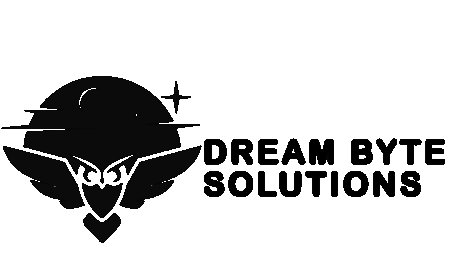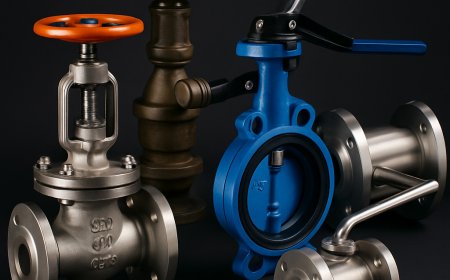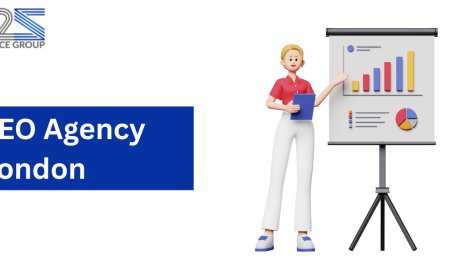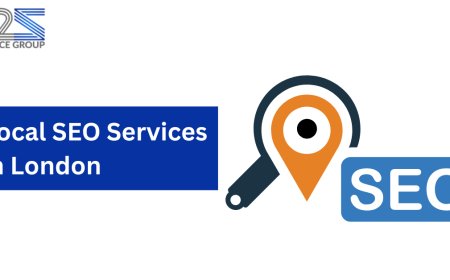Types of Asset Management: From Financial Portfolios to IT Infrastructure
maintain public infrastructure goods

Asset management is a complex area of interest than you think. It involves developing, operating, and maintaining assets to save costs and boost profitability. You can find many different types of assets out there.
The approach you should follow to manage these types of assets vary as well.
Read on and lets learn more about the different types of assets management.
Financial Asset Management
Financial asset management involves managing investments in financial securities like stocks, bonds, and other securities. Some of the key functions include:
Portfolio Management: Constructing a basket of diverse financial assets and securities to generate long-term returns while balancing risk and reward tradeoffs. Tasks involve asset allocation, portfolio optimization, and rebalancing.
Investment Analysis and Advisory: Conducting macro and micro analysis on economic, industry, and company factors to determine which assets to invest in. This supports the portfolio construction process.
Risk Management: Measuring and mitigating different types of financial risks like market risk, credit risk, liquidity risk through hedging strategies and portfolio diversification. Managing risk is vital to optimize returns.
Wealth Management: Providing customized investment solutions to affluent individuals to help build their wealth and meet financial goals. This also encompasses estate planning services.
The goal is to prudently invest capital and outperform client benchmarks over the long run within established risk parameters.
Infrastructure Asset Management
Infrastructure asset management deals with managing large physical assets like roads, bridges, railways, dams, and power plants. Key functions include:
Capital Planning: Forecasting long-term infrastructure investment needs, prioritizing projects, and developing multi-year capital plans while balancing costs and public policy goals.
Maintenance & Operations: Conducting routine, preventive, predictive and corrective maintenance work to maximize infrastructure safety, usefulness, and longevity.
Performance Monitoring: Tracking infrastructure usage, incidents, defects and other metrics to optimize maintenance strategies, prioritize repair/rehab projects, and estimate renewal costs.
Risk Management: Evaluating infrastructure risks from flooding, earthquakes and other threats. Also modeling asset deterioration and implementing resilience strategies.
The objective is to maintain public infrastructure goods in working order at optimal cost while delivering intended service levels.
Real Estate Asset Management
Real estate asset management involves managing property assets like residential/commercial buildings, hotels, resorts, and industrial facilities. Major functions are:
Property Management: Handling daily operations - occupancy, rent collection, maintenance, tenant relations, security - to preserve asset value and generate owner income.
Portfolio Management: Overseeing a group of properties as a single entity, monitoring performance, and making strategic portfolio decisions about acquisitions, sales or redevelopments.
Facilities Management: Providing maintenance, utilities and other services (like cleaning, security, front desk) for property tenants and occupants. The scale ranges from single buildings to large corporate campuses.
Valuation & Disposition: Conducting appraisals to establish property value. Also developing sales, auction or redevelopment plans to profitably liquidate real estate assets.
The broad mandate is to manage properties in an owners best financial interest while meeting tenant/occupant needs.
IT Asset Management
IT asset management deals with managing the full lifecycle of technology hardware and software - from procurement to retirement. Main functions are:
Inventory Management: Tracking detailed IT asset data like hardware specifications, software licenses, versions, and configuration. Conducting regular audit scans.
Lifecycle Management: Ensuring hardware warranties, maintenance contracts, and software licenses stay up-to-date. Planning asset upgrades, migrations and refreshes.
Cost Optimization: Seeking cost savings in IT asset acquisition and operations - via standards, usage monitoring, consolidation initiatives and cloud migrations.
Risk Mitigation: Protecting critical IT infrastructure against failure. Developing contingency plans including spares, backups and redundancy to limit downtime.
Compliance: Adhering to software copyright laws and hardware/data regulations. Maintaining standards like ISO 19770 for software assets.
The broad objective is to efficiently manage IT assets while maximizing their productivity and minimizing risks/costs over their full lifecycle.
Real Estate Asset Management Challenges
Managing real estate assets comes with unique challenges. Properties are fixed, illiquid assets subject to evolving demands as demographics, regulations, tenant needs and community growth shape locations over decades. Constraints can make buildings obsolete.
Other key issues are capital intensity and operations complexity. Properties require major capital outlays for development, redevelopment and maintenance ranging from replacing HVAC equipment to full renovations. Operational oversight is also multifaceted - spanning leasing, amenities, cleaning, maintenance, security and more. Staffing, contractor management and regulatory compliance further complicate coordination.
Macro factors like interest rates and tax policy also impact profitability. Rising rates grow debt service costs while tax breaks influence investor demand and asset valuation. Real estate asset managers must navigate these variables while balancing stakeholder needs - from property owners to occupants. Superior asset managers master this complexity. They make sound portfolio decisions and position properties for long-term relevance.
IT Asset Management Best Practices
IT asset management is crucial for technology-dependent enterprises, but execution has common pitfalls. Insufficient tools and processes lead to incomplete visibility and bloated assets. Business units bypass protocols when procuring unauthorized tools. Software licenses expire unnoticed incurring compliance issues. Supply chain delays trigger production stoppages.
Leading IT asset managers invest in comprehensive tracking tools with automated discovery, reconciliation and audit capabilities. They institute centralized oversight processes for procurement, maintenance and end-of-life management. Approval workflows regulate technology expenditures while dashboards provide global visibility.
Proactive communication also helps. IT asset managers should educate staff on compliance risks of unauthorized tools. They should demonstrate cost impacts of unused software licenses and highlight how standardized assets simplify support. Getting business leaders invested in IT asset optimization is essential for success. Superior practices lead to leanness, agility and resilience.
Conclusion
Asset management spans managing financial securities, infrastructure goods, property, and IT systems. While sub-domains have unique technical details, they share similar overarching principles like lifecycle management, risk optimization, and maximizing return on assets. Leading asset managers apply strategic systems-thinking across all domains toward those ends.
















![Top 9 Real Estate Mobile App Developers in Riyadh, Saudi Arabia [2025 Edition]](https://www.biphoo.uk/uploads/images/202507/image_430x256_6879d0d524335.jpg)

















